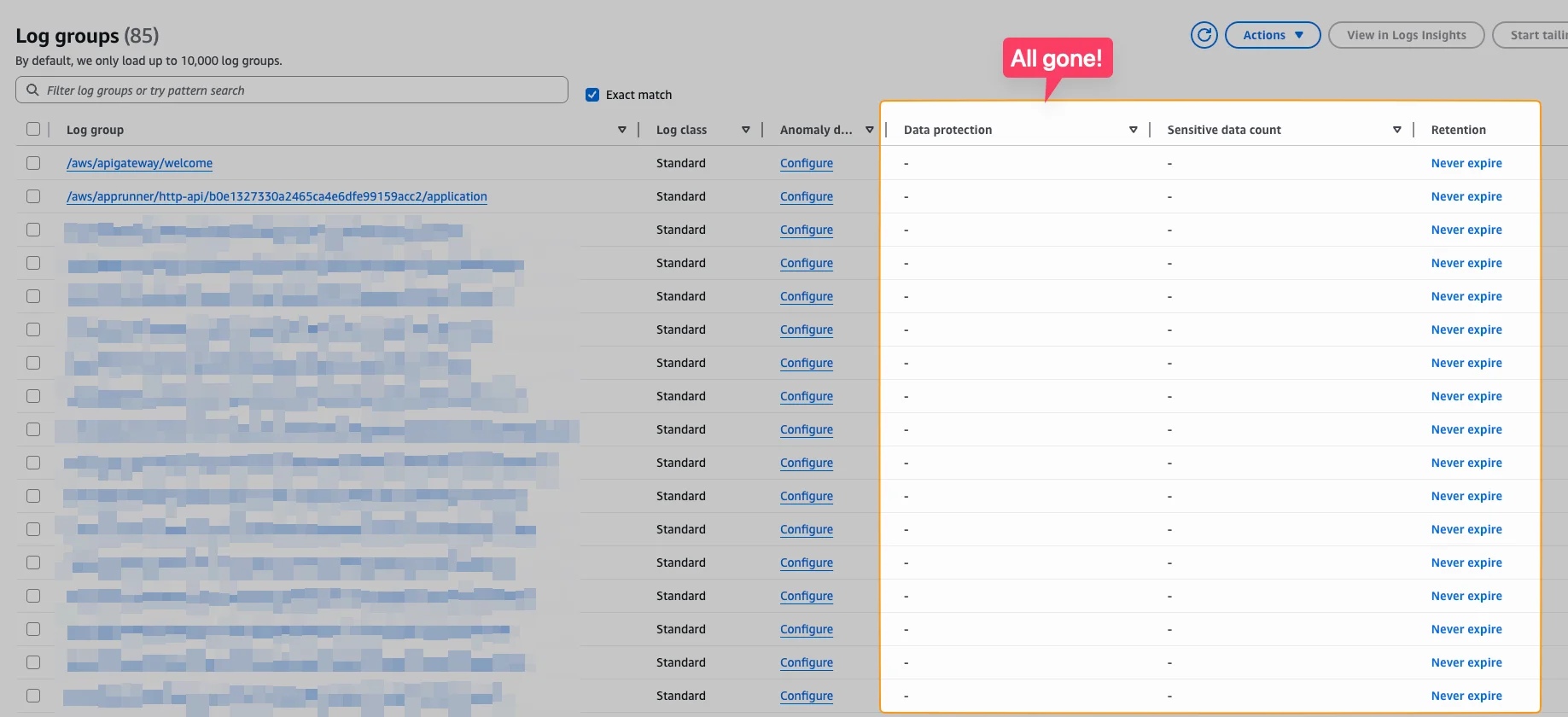Simplify Cross-Account Logging in 5 Steps Now! 📜
|
AWS FOR THE REAL WORLD
⏱️
Reading time: 4 minutes
🎯
Main Learning: AWS CloudWatch log centralization makes cross-account logging simple. Learn how to set it up, avoid gotchas, and query logs across your organization.
Hey Reader 👋🏽 another week, another newsletter about CloudWatch. This time we're talking about a rather new feature: Log Centralization. But quick question before we dive into this week’s CloudWatch deep dive… We’re 6 weeks out from 2025 (wild, right?) and I’m curious: If You Could Achieve Just One Thing with AWS Next Year, What Would It Be?
(Takes 2 seconds, helps us create better content for you in 2026 😊) Alright, onto this week's CloudWatch feature... We all know, that we should have a dedicated logging account. All logs should flow into this account. There are several reasons for having that:
But the ways of doing that where quite complicated in the past. It typically was either a self-built solution with subscription filters and Kinesis. Or you've used the Observability Access Manager. That is where Log Centralization comes in. This features was just launched a couple of months ago. If you use an AWS Organization you can use that to centralize all your logs with a simple click! More of that in this week's deep dive!
That's it for this week! Keep an eye out for all the re:Invent launches in the upcoming weeks 👀 Best, Sandro & Tobi |
AWS for the Real World
We teach AWS for the real world - not for certifications. Join more than 10,500 developers learning how to build real-world applications on AWS.
AWS FOR THE REAL WORLD ⏱️ Reading time: 6 minutes 🎯 Main Learning: Learn how to securely connect GitHub Actions to your AWS account using OIDC authentication without storing access keys. Step-by-step guide with IAM role setup, trust policy configuration, and workflow examples for safe CI/CD deployments. 📝 Blog Post Hey Reader 👋🏽, welcome to another week of AWS for the Real World We are right in the middle of pre:invent. Re:Invent starts next week! We are both not present, but we will give you...
AWS FOR THE REAL WORLD ⏱️ Reading time: 20 minutes 🎯 Main Learning: How to achieve end-to-end observability by integrating CloudWatch Application Signals with OpenTelemetry for automatic service discovery and cross-service request tracing in AWS. 📝 Blog Post 💻 GitHub Repository Hey Reader 👋🏽 Welcome to this week’s AWS Fundamentals Newsletter. Pre:Invent season is starting slowly with new launches like: Bigger payload sizes for Kinesis and async Lambda invocations CloudWatch’s interactive...
AWS FOR THE REAL WORLD ⏱️ Reading time: 17 minutes 🎯 Main Learning: How to build a secure, scalable AWS landing zone using AWS Organizations, Service Control Policies, and Identity Center for centralized account and user management. 📝 Blog Post Hey Reader 👋🏽Today I want to dig into how to set up a proper AWS landing zone. We’ll be chatting about AWS Organizations, Service Control Policies (SCPs), and Identity Center. These are the core tools I reach for when I need to get accounts organized,...





